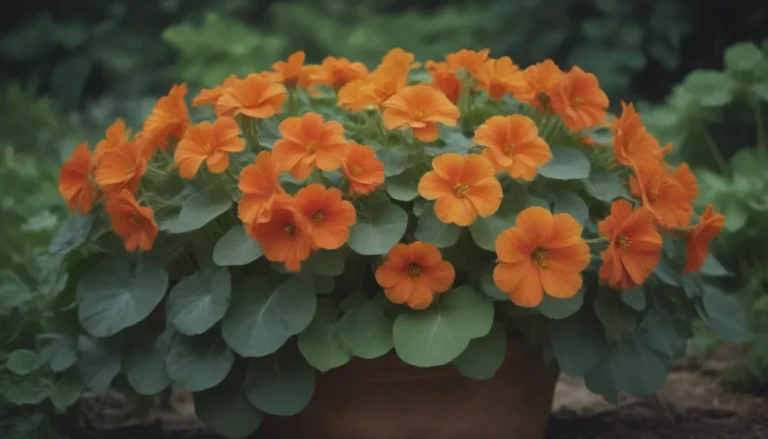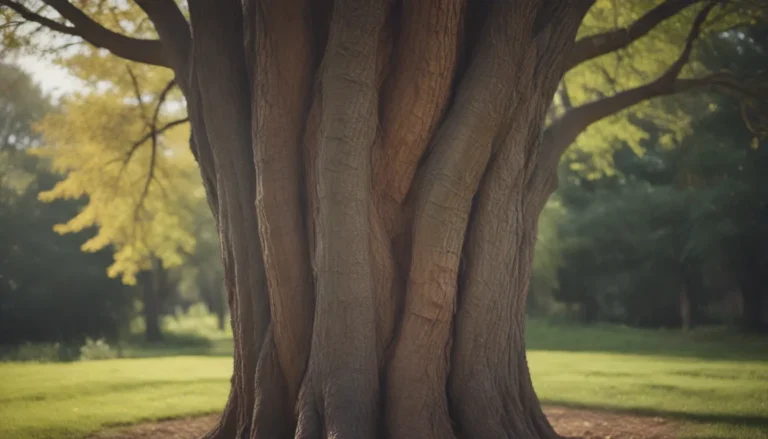Ultimate Guide: How to Successfully Grow and Care for Blue Star Creeper

Blue star creeper, scientifically known as Isotoma fluviatilis, is a beloved flowering perennial that adds a touch of beauty to any garden. From its delicate pale purple to blue star-shaped flowers to its resilient growth habits, blue star creeper is a versatile plant that can thrive in various conditions. Whether you are a seasoned gardener looking to enhance your landscape or a beginner eager to add a pop of color to your yard, this comprehensive guide will provide you with everything you need to know about growing and caring for blue star creeper.
Getting to Know Blue Star Creeper
Blue star creeper is a low-growing perennial native to Australia. It boasts a spreading growth habit, forming a dense mat of leafy green foliage that produces charming star-shaped flowers from late spring through late summer and early fall. Here are some key characteristics of blue star creeper:
- Height: 2 to 3 inches tall
- Water needs: Low water requirement
- Growth habit: Spreading growth with runners
- Tolerant of extreme weather conditions
Planting Blue Star Creeper
When it comes to planting blue star creeper, there are a few key factors to keep in mind to ensure its success in your garden:
- Light: Blue star creeper thrives in bright dappled shade but can also tolerate full sun, especially in cooler regions.
- Soil: This plant is not picky when it comes to soil, as long as it is well-draining and kept consistently moist.
- Water: Maintain medium water needs, ensuring the soil is kept moist with regular watering during the summer.
- Temperature and Humidity: Blue star creeper is cold-hardy in USDA zones 6 to 8 and can withstand temperatures as low as minus 4 degrees Fahrenheit. It also does well in both dry and humid conditions.
Care and Maintenance Tips
Blue star creeper is relatively easy to care for once established. Here are some tips to keep your blue star creeper healthy and thriving:
- Pruning: Trim the foliage to about one inch tall in late fall to keep the plant tidy.
- Fertilizing: A single application of an all-purpose fertilizer at the beginning of the growing season will help stimulate growth.
- Propagation: Blue star creeper can be propagated by seed or division.
Common Problems and Solutions
While blue star creeper is a low-maintenance plant, there are a few common issues to watch out for:
- Dead Spots: Brown and dead patches may appear due to poor drainage. Improve soil drainage and remove affected plants.
- Aggressive Spread: Blue star creeper can spread beyond its borders. Install deep edgings to prevent unwanted spread.
- Winter Dormancy: In colder regions, blue star creeper may turn brown in winter but will return to green growth in spring.
Types of Blue Star Creeper
Blue star creeper has several subspecies, including Isotoma fluviatilis subsp. Australis and Isotoma fluviatilis subsp. Borealis. These subspecies differ in leaf size and shape but are equally beautiful additions to any garden.
Growing Blue Star Creeper from Seed
Harvesting seeds from dried seed pods or purchasing them from online retailers is a great way to propagate blue star creeper. Here are some steps to grow blue star creeper from seed:
- Harvest seeds from dried seed pods.
- Sow seeds in a well-draining potting mix.
- Keep the soil moist and provide bright, indirect light.
Overwintering Blue Star Creeper
Blue star creeper requires no winter cold protection within its hardiness range. In regions with snow cover, shearing the plant followed by light raking is recommended before winter sets in.
Common Pests and Diseases
Blue star creeper is generally resistant to insect pests but may be susceptible to fungal diseases in poorly draining soil. Remove affected plants and improve soil drainage to prevent disease spread.
Conclusion
Blue star creeper is a beautiful and versatile plant that can enhance any garden with its charming flowers and resilient growth habits. By following the tips and guidelines outlined in this guide, you can successfully grow and care for blue star creeper in your own outdoor space. Whether you are looking for a ground cover alternative to turf grass or a colorful addition to your flower beds, blue star creeper is a perfect choice for both novice and experienced gardeners alike.





